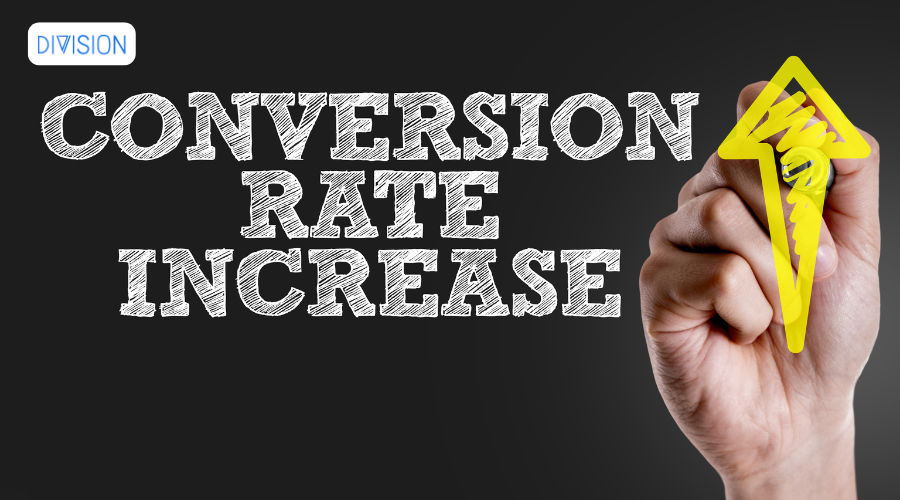In the ever-evolving world of digital marketing, staying ahead of the competition requires a well-optimized website. One of the critical components of this process is performing a Technical SEO audit. At Division Design, we understand the importance of ensuring your website runs at peak performance. This comprehensive guide will walk you through the steps of conducting a Technical SEO site audit to help you enhance your site’s visibility and user experience.
What is Technical SEO?
Technical SEO is optimizing a website’s technical aspects to improve its organic search ranking. This involves making sure that your website meets the technical requirements of modern search engines. The main goal is to ensure that your site is easily crawlable and indexable by search engines like Google.
Why is Technical SEO Important?
Technical SEO is crucial because it forms the foundation upon which all other SEO efforts are built. Without a technically sound website, even the best content and backlink strategies may not yield the desired results. A technical SEO audit helps identify and fix issues that could be hindering your site’s performance.
Steps to Conduct a Technical SEO Site Audit
1. Crawl Your Website
The first step in a technical SEO audit is to crawl your website. This process involves using tools like Screaming Frog, Sitebulb, or DeepCrawl to analyze the structure and content of your site.
- Identify Broken Links: Check for 404 errors and other broken links that could harm user experience and SEO.
- Analyze Redirects: Ensure that all redirects (301 and 302) are set up correctly.
- Check for Duplicate Content: Duplicate content can confuse search engines and hurt your rankings.
2. Check Site Speed
Site speed is a crucial ranking factor. Use tools like Google PageSpeed Insights, GTmetrix, or Pingdom to analyze your site’s loading times.
- Optimize Images: Compress and resize images to improve load times.
- Minify CSS and JavaScript: Reduce the size of CSS and JavaScript files.
- Leverage Browser Caching: Enable caching to improve repeat visit load times.
3. Mobile-Friendliness
With the majority of searches now occurring on mobile devices, ensuring your site is mobile-friendly is essential.
- Responsive Design: Use a responsive design that adapts to different screen sizes.
- Mobile Usability: Check for issues like touch element spacing, font sizes, and viewport settings.
4. Secure Your Site
Having a secure website is critical for both user trust and SEO.
- HTTPS: Ensure your site is using HTTPS instead of HTTP.
- Security Vulnerabilities: Regularly check for and fix any security vulnerabilities.
5. Analyze On-Page SEO Elements
On-page SEO elements significantly influence how search engines understand and rank your content.
- Title Tags and Meta Descriptions: Ensure each page has unique and descriptive title tags and meta descriptions.
- Header Tags: Structure your content using header tags (H1, H2, H3).
- Alt Text for Images: Provide descriptive alt text for all images.
6. Review Sitemap and Robots.txt
Your sitemap and robots.txt file guide search engines on how to crawl your site.
- XML Sitemap: Ensure your sitemap is up-to-date and submitted to Google Search Console.
- Robots.txt: Check your robots.txt file to ensure it isn’t blocking important pages from being crawled.
7. Check for Structured Data
Structured data helps search engines understand the content of your pages better.
- Schema Markup: Implement schema markup for relevant content types (e.g., articles, products, reviews).
- Rich Snippets: Aim to generate rich snippets in search results by using structured data.
8. Analyze Internal Linking
A good internal linking structure helps distribute page authority and improve crawlability.
- Link Depth: Ensure important pages are reachable within a few clicks from the homepage.
- Anchor Text: Use descriptive anchor text for internal links.
9. Monitor and Fix Crawl Errors
Regularly monitor Google Search Console for crawl errors and fix them promptly.
- 404 Errors: Address and redirect 404 errors.
- Server Errors: Investigate and resolve any server errors (5xx).
10. Evaluate Content Quality
Content is king in SEO. Ensure your content is high-quality, relevant, and up-to-date.
- Content Audit: Regularly perform a content audit to identify and improve or remove low-quality content.
- Keyword Optimization: Ensure your content is optimized for relevant keywords without keyword stuffing.
Read it also: – Best Ways to Unlock Digital Success for New Jersey Businesses
FAQs
Q1: What is a Technical SEO Audit?
A Technical SEO audit involves evaluating the technical aspects of a website to ensure it meets search engine requirements and performs optimally in search rankings.
Q2: How often should I conduct a Technical SEO Audit?
It’s recommended to perform a Technical SEO audit at least twice a year or whenever significant changes are made to your website.
Q3: Can I do a Technical SEO audit myself?
Yes, you can conduct a basic Technical SEO audit with the right tools and knowledge. However, for a comprehensive audit, it’s often beneficial to hire SEO professionals.
Contact Us
For a comprehensive Technical SEO audit tailored to your business needs, contact Division Design. Our team of experts is dedicated to enhancing your website’s performance and visibility. Reach us at 732.943.1010 or via email at sham@division.design




